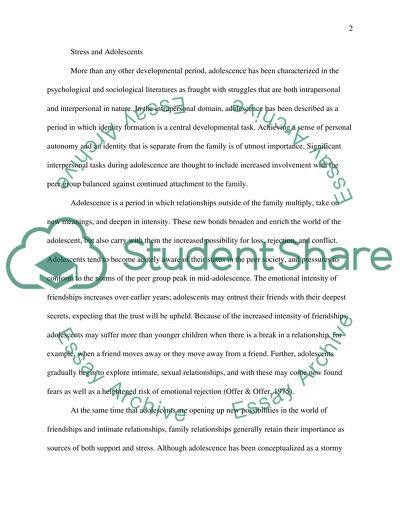Cite this document
(Adolescence Is a Time of Storm and Stress Coursework, n.d.)
Adolescence Is a Time of Storm and Stress Coursework. Retrieved from https://studentshare.org/psychology/1535549-is-adolescence-a-time-of-storm-and-stress-individual-development-module-psychosocial-study-degree
Adolescence Is a Time of Storm and Stress Coursework. Retrieved from https://studentshare.org/psychology/1535549-is-adolescence-a-time-of-storm-and-stress-individual-development-module-psychosocial-study-degree
(Adolescence Is a Time of Storm and Stress Coursework)
Adolescence Is a Time of Storm and Stress Coursework. https://studentshare.org/psychology/1535549-is-adolescence-a-time-of-storm-and-stress-individual-development-module-psychosocial-study-degree.
Adolescence Is a Time of Storm and Stress Coursework. https://studentshare.org/psychology/1535549-is-adolescence-a-time-of-storm-and-stress-individual-development-module-psychosocial-study-degree.
“Adolescence Is a Time of Storm and Stress Coursework”, n.d. https://studentshare.org/psychology/1535549-is-adolescence-a-time-of-storm-and-stress-individual-development-module-psychosocial-study-degree.


